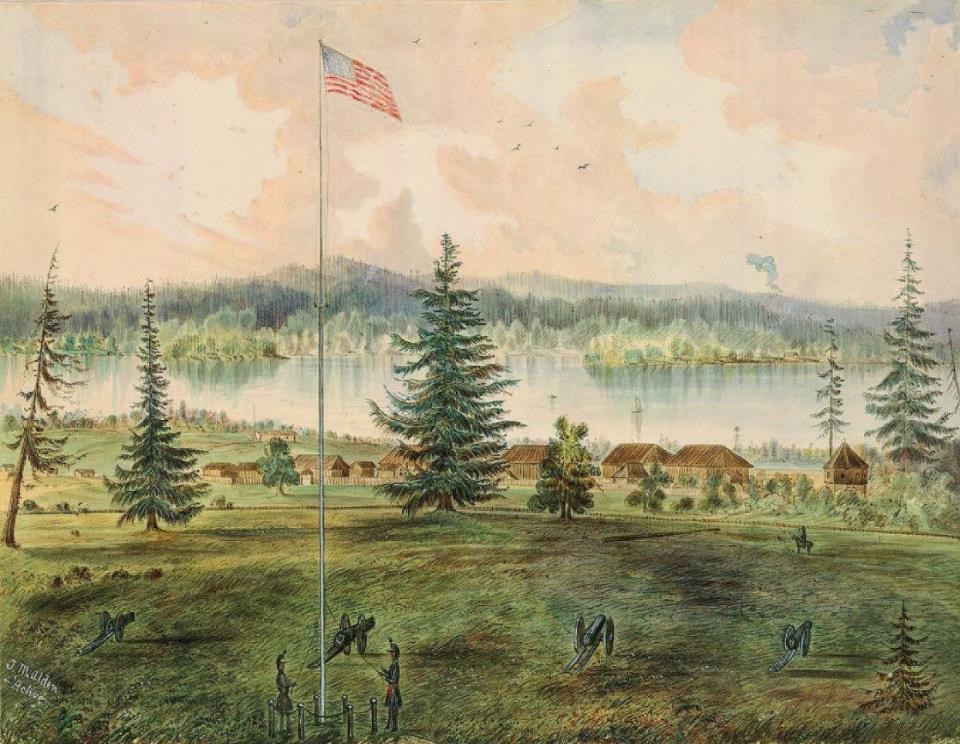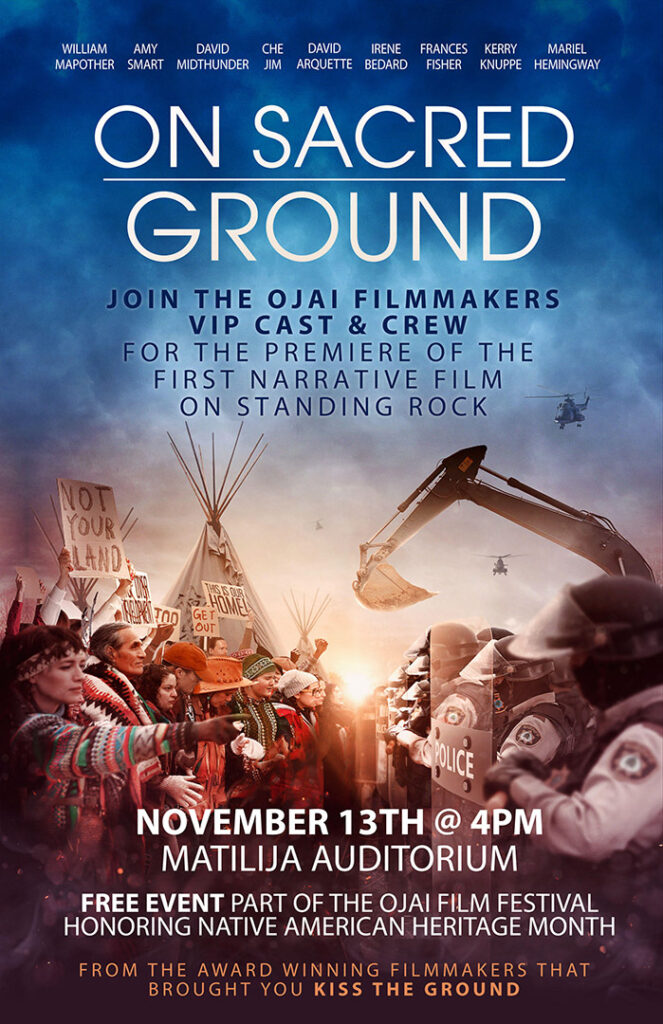Flagstaff: Built on Sacred Ground? Exploring the City’s Relationship with Indigenous Lands
Flagstaff: Built on Sacred Ground? Exploring the City’s Relationship with Indigenous Lands

Flagstaff, Arizona, nestled amidst the majestic ponderosa pines and breathtaking red rock formations, is a popular destination for outdoor enthusiasts and history buffs alike. But beyond its picturesque landscapes and charming downtown, lies a complex and often overlooked story – the story of its relationship with the indigenous lands it occupies.
A Land of Ancient Traditions
Related Articles: Flagstaff: Built on Sacred Ground? Exploring the City’s Relationship with Indigenous Lands
- Unveiling the Enchanting Names of Indian Reservations in South Dakota: Discoveries and Insights
- Uncover Hidden Treasures: Discover Texas Native American Tribes with Enriching Worksheets
- Native American Reservations: Discover a Hidden World of Culture and Heritage
- Fireworks Frenzy: Finding The Closest Reservation For Your Fourth Of July Fun
- Unveiling the Treasures of Florida's Native Reservations: Discoveries and Insights Await
Long before the arrival of European settlers, the land that is now Flagstaff was home to a vibrant tapestry of indigenous cultures. The Hopi, Navajo, and Yavapai tribes, among others, have lived on this land for centuries, their history woven into the very fabric of the region. Their ancestral knowledge, traditions, and sacred sites are deeply intertwined with the landscape, from the towering San Francisco Peaks to the winding canyons and mesas.
A City Born of Controversy
The story of Flagstaff’s founding is inextricably linked to the displacement and dispossession of indigenous peoples. In the late 19th century, the arrival of settlers coincided with the forced removal of many Native Americans from their ancestral lands. The establishment of the city, driven by the promise of economic prosperity, came at a cost – the erosion of indigenous sovereignty and the disruption of traditional ways of life.
Navigating a Complex Past
Today, Flagstaff stands at a crossroads. Its growth and development have been fueled by the legacy of its past, but the city faces the challenge of acknowledging and addressing the historical injustices that continue to impact its indigenous neighbors. The legacy of colonization and the ongoing struggle for self-determination remain prominent issues, highlighting the need for dialogue, understanding, and reconciliation.
A Glimpse into Flagstaff’s Indigenous Heritage
Exploring Flagstaff’s indigenous heritage can be a profound and enriching experience. Here are a few ways to connect with the vibrant culture and history of the region:
- Visit the Museum of Northern Arizona: This exceptional museum houses a vast collection of artifacts, artwork, and exhibits that shed light on the rich history and cultural traditions of the region’s indigenous peoples.
- Explore the Navajo Nation: Just a short drive from Flagstaff, the Navajo Nation is the largest Native American reservation in the United States. Visitors can experience the vibrant culture, stunning landscapes, and unique art forms of the Navajo people.
- Learn about the Hopi Tribe: Located east of Flagstaff, the Hopi Tribe has maintained a strong cultural identity for centuries. Visitors can explore the Hopi villages, learn about their unique traditions, and witness their stunning ceremonial dances.
- Attend the Flagstaff Powwow: This annual event brings together Native American dancers, singers, and artists from across the country, offering a glimpse into the vibrant cultural traditions of indigenous peoples.
- Support Native-owned businesses: Flagstaff boasts a growing number of Native-owned businesses, offering authentic experiences and a chance to support local communities.


Beyond Tourism: Recognizing the Importance of Tribal Sovereignty
While exploring Flagstaff’s indigenous heritage is enriching, it’s crucial to remember that these lands are not simply tourist attractions. They are sacred grounds, holding deep spiritual and cultural significance for the indigenous communities who call them home. Recognizing and respecting tribal sovereignty is paramount. This means acknowledging the rights of indigenous nations to self-determination, cultural preservation, and land stewardship.
Building Bridges: A Path Towards Reconciliation
The relationship between Flagstaff and its indigenous neighbors is complex and evolving. Moving forward, it’s essential to foster understanding, respect, and collaboration. This involves:

- Acknowledging the historical injustices: Openly recognizing the wrongs of the past, including the forced displacement and dispossession of indigenous peoples, is crucial for building trust and fostering healing.
- Supporting indigenous self-determination: Empowering indigenous communities to govern themselves, preserve their cultural heritage, and manage their own lands is vital for their self-sufficiency and well-being.
- Promoting education and awareness: Engaging in meaningful dialogues, learning about indigenous cultures, and sharing their stories with a wider audience can help foster empathy and understanding.
- Creating opportunities for collaboration: Working together on issues of shared concern, such as environmental protection, economic development, and social justice, can strengthen relationships and foster a sense of shared responsibility.
Flagstaff’s Future: A Shared Journey
The future of Flagstaff is intertwined with the future of its indigenous neighbors. By embracing a spirit of reconciliation, understanding, and collaboration, the city can become a model for respectful and mutually beneficial relationships between indigenous communities and non-indigenous populations.
Frequently Asked Questions (FAQs) about Flagstaff and Tribal Lands
1. What tribes are located near Flagstaff?
The Hopi, Navajo, and Yavapai tribes are the primary indigenous groups with ancestral ties to the Flagstaff area.
2. Are there any tribal lands within the city limits of Flagstaff?
While the city of Flagstaff itself is not located on tribal lands, it is situated within the traditional territories of the Hopi, Navajo, and Yavapai tribes.
3. What is the significance of the San Francisco Peaks to indigenous peoples?
The San Francisco Peaks hold deep spiritual and cultural significance for many indigenous tribes. They are considered sacred mountains, often associated with creation stories, ancestral spirits, and ceremonies.
4. How can I learn more about the history of indigenous peoples in Flagstaff?
The Museum of Northern Arizona, the Navajo Nation Cultural Center, and various tribal websites offer valuable resources for learning about the history and culture of indigenous peoples in the region.
5. What are some ways I can support indigenous communities in Flagstaff?
Supporting Native-owned businesses, attending events hosted by indigenous organizations, and advocating for tribal sovereignty are all ways to contribute to the well-being of indigenous communities.
6. How can I get involved in efforts to promote reconciliation between Flagstaff and its indigenous neighbors?
Organizations like the Flagstaff Indigenous Coalition and the Native American Community Advisory Board offer opportunities for engagement and advocacy.
Flagstaff’s story is a testament to the enduring power of indigenous cultures and the ongoing struggle for self-determination. By acknowledging the complexities of the past, embracing the present, and building a brighter future together, Flagstaff can become a beacon of understanding and reconciliation, honoring the sacred lands and the vibrant cultures that have thrived here for generations.

Closure
Thus, we hope this article has provided valuable insights into Flagstaff: Built on Sacred Ground? Exploring the City’s Relationship with Indigenous Lands. We appreciate your attention to our article. See you in our next article!